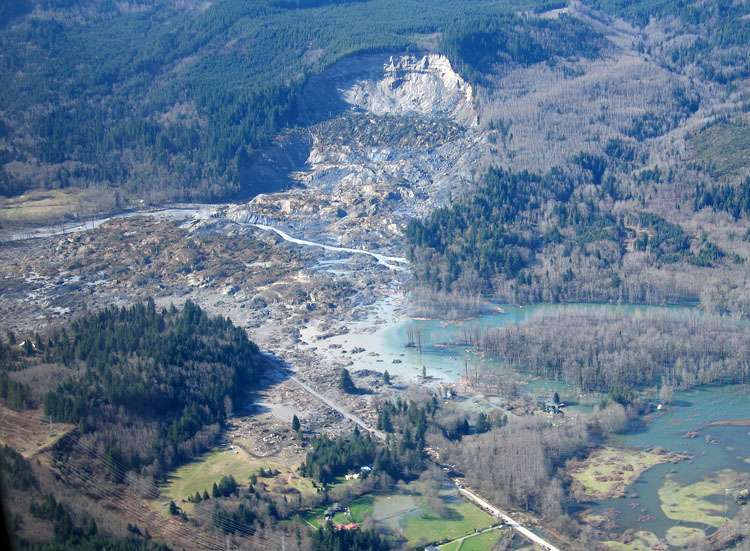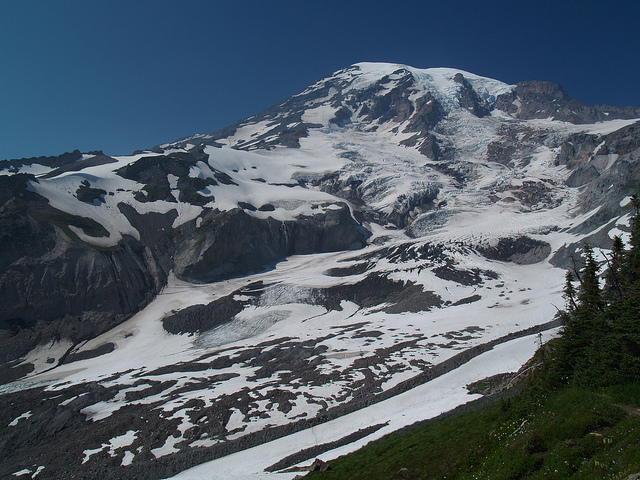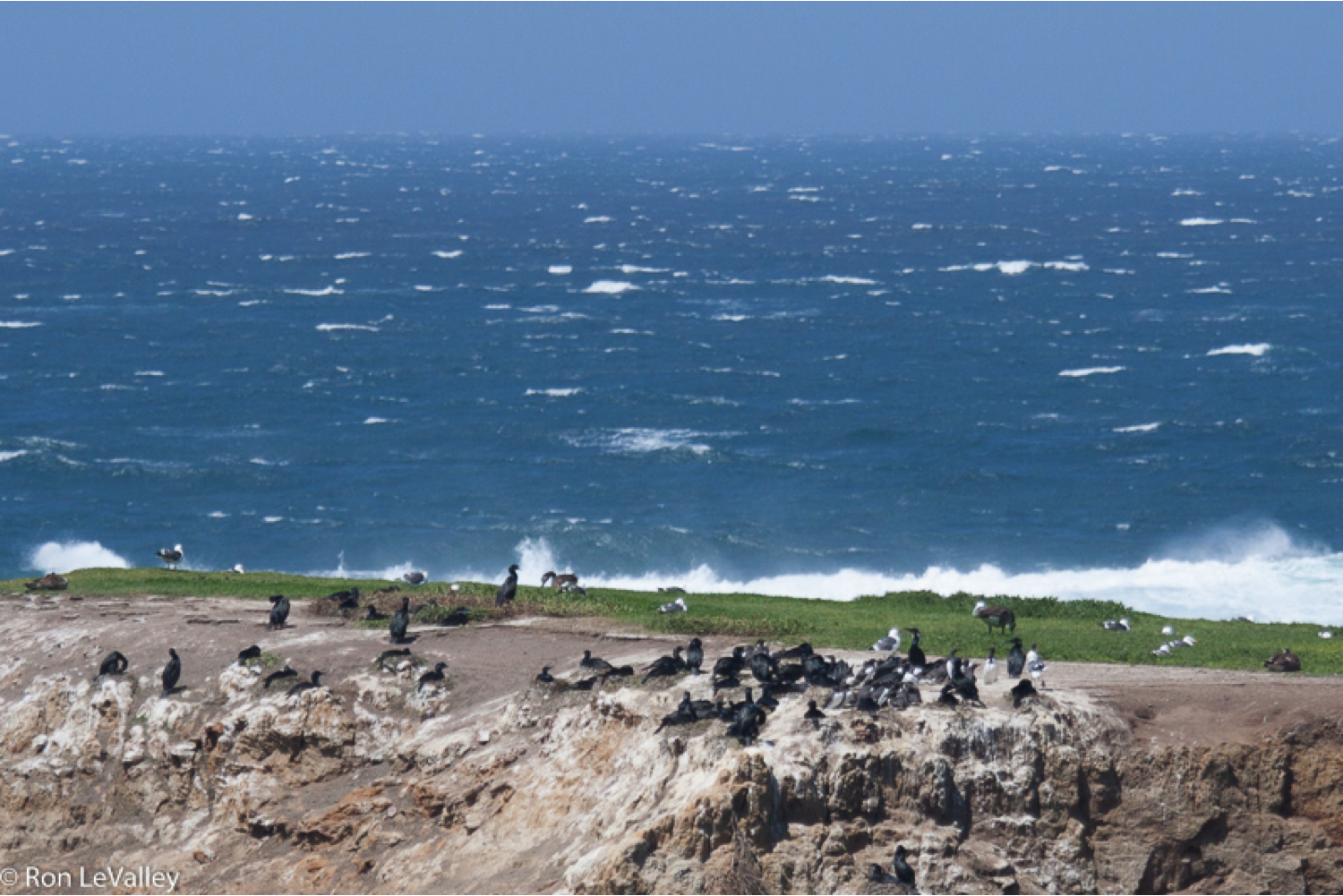An interdisciplinary team of risk analysis experts, engineers, and scientists — including Earth and Spaces Sciences’ David Montgomery — released a report on Tuesday offering details about the Oso landslide that happened earlier this year. The report focuses on observations and data collection where the landslide occurred, reviews nearby geologic conditions and land-use and landslide risk assessments, and collects eyewitness accounts of the disaster.
Read more at UW Today »Geophysicists prep for massive ‘ultrasound’ of Mount St. Helens
Scientists are gearing up to get started in earnest this weekend on a massive collaborative effort to map the internal plumbing of Mount St. Helens. The College of the Environment’s Department of Earth and Space Sciences is playing a major role–lead by professor Kenneth Creager–along with numerous other institutions. The researcher’s goal is to better understand the inner workings of the mountain and other volcanoes in the Cascade Range as in order to better protect nearby urban areas.
Read more at UW Today »Governor Inslee to speak at 5th annual Pacific Northwest Climate Science Conference
The 5th annual Pacific Northwest Climate Science Conference — hosted by the Climate Impacts Group and the College of the Environment — will explore the impacts of climate variability and change on the people, natural resources, and infrastructure of the Pacific Northwest. The keynote address will be delivered by Governor Jay Inslee, and the two-day program will include talks from invited speakers and sessions of broad interest connected to climate.
Read more »Klinger and Swalla named directors of two College units
Professor Terrie Klinger has been named director of the School of Marine and Environmental Affairs, and professor Billie Swalla has been named director of the Friday Harbor Laboratories on San Juan Island. Both are units within the College of the Environment, and each appointment is subject to approval by the Board of Regents. The appointments are for five years; Klinger will take her post effective September 1, while Swalla’s begins immediately.
Read more »Ocean upwelling becoming more intense with a changing climate
Our Washington coastline is one of the most prolific and productive in the world, teeming with abundant plant and animal life. In fact, much of entire U.S. west coast is the same, and we can largely thank a strong upwelling system for driving this bounty. New research published in Science has shown that upwelling in the eastern boundary current systems – meaning, the eastern edges of ocean basins across the globe where winds, currents, and geological formations create a prime environment for upwelling – has increased globally over the past 60 years.
Read more on the Los Angeles Times »





